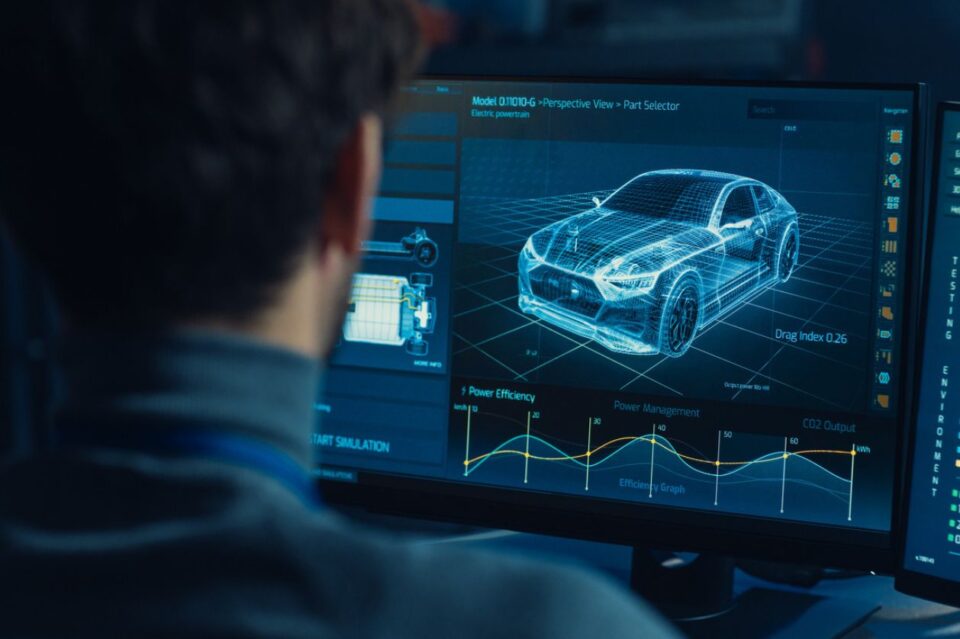Redesigning Design Patent Validity

The U.S. Court of Appeals for the Federal Circuit sitting en banc recently overruled the long-standing test for determining obviousness of design patents in LKQ Corporation, Keystone Automotive Industries, Inc. v. GM Global Technology Operations, LLC. Almost immediately after the Federal Circuit handed down its opinion, the U.S. Patent and Trademark Office (the USPTO) issued new guidelines for the examination of design patent applications.
Under the “old” test for obviousness (commonly referred to as the “Rosen-Durling test”), a primary prior art reference had to be identified that was “basically the same” as the design sought to be patented. Any secondary prior art reference had to be “so related” to the primary reference that features in one would suggest application of those features to the other.
To be “basically the same,” the primary reference had to be “a something in existence, the design characteristics of which are basically the same as the claimed design.” Once a primary reference was found, other secondary references could then be used to modify the primary reference to create a design that has the same overall visual appearance as the claimed design.
The secondary references had to be “so related to the primary reference that the appearance of certain ornamental features in one would suggest the application of those feature to the other.” However, if a primary reference that is “basically the same” as the claimed design was not found, the obviousness inquiry ended.
In practice, under the Rosen-Durling test, the primary reference had to be almost identical to the claimed design and any secondary references had to be so closely related to the primary reference as to make the combination obvious to a designer skilled in the art.
In the LKQ Corporation, the Federal Circuit found that the “basically the same” and the “so related” standards were too rigid under U.S. Supreme Court precedent.
Under a new test set forth by the Federal Circuit, a primary reference still must be identified, but it does not have to be “basically the same” as the claimed design. Rather, the primary reference need only be “analogous art”, which may include references from different fields of endeavor. In other words, the primary reference only needs to be something in existence that is visually similar to the claimed design.
Further, the “so related” requirement for any secondary references has been broadened (in our view) such that any analogous art can be relied upon to establish obviousness. As such, the secondary reference no longer needs to be “so related” to the primary reference and can include any art that is from the same field of endeavor as claimed design or reasonably pertinent to the problem faced by a designer skilled in the art.
Under the new guidelines established by the USPTO following the LKQ Corporation decision, to identify “analogous art” design patent examiners are now supposed to consider the degree to which an ordinary skilled designer would be motivated to look to other fields. However, with any new standard, there is uncertainty about what this will mean in practice. For example, what is an analogous art in the design patent context, or what establishes a motivation to combine references? Nevertheless, under the USPTO guidelines, examiners are required to provide record-supported reasoning, without hindsight, to support any assertion of a motivation to combine.
The new test and standards for patentability of design patents leave many unanswered questions that the Federal Circuit was not ready to answer, not the least of which is the future and fate of hundreds of thousands issued and presumed valid design patents granted under prior obviousness standards. Also of great importance is how courts and the USPTO will apply what the Federal Circuit identified as the “full and precise contours of the analogous art test for design patents” that the LKQ Corporation decision created. It likely will take several years to get clarity on these issues.